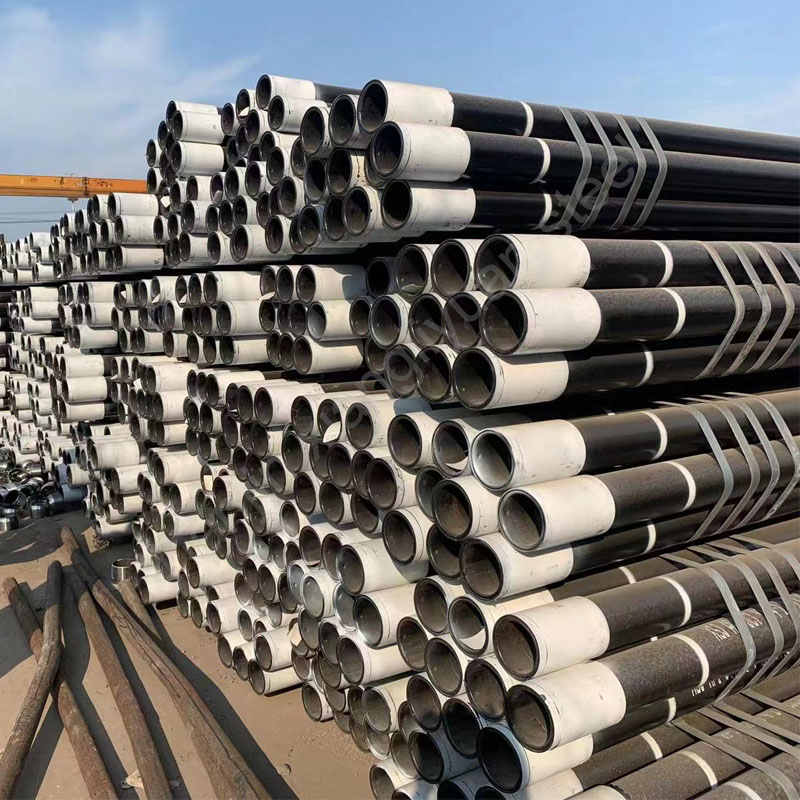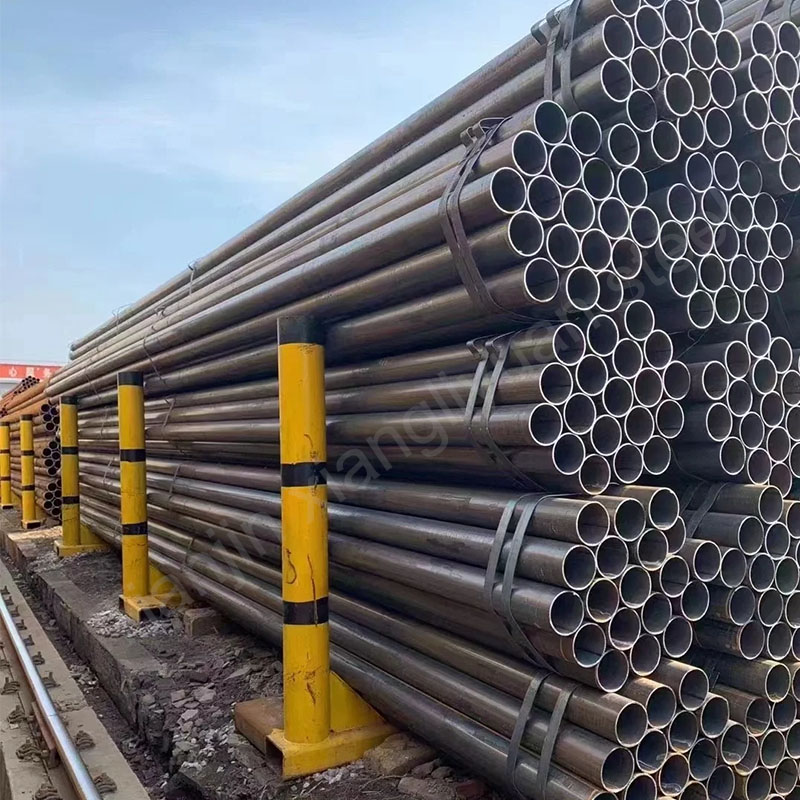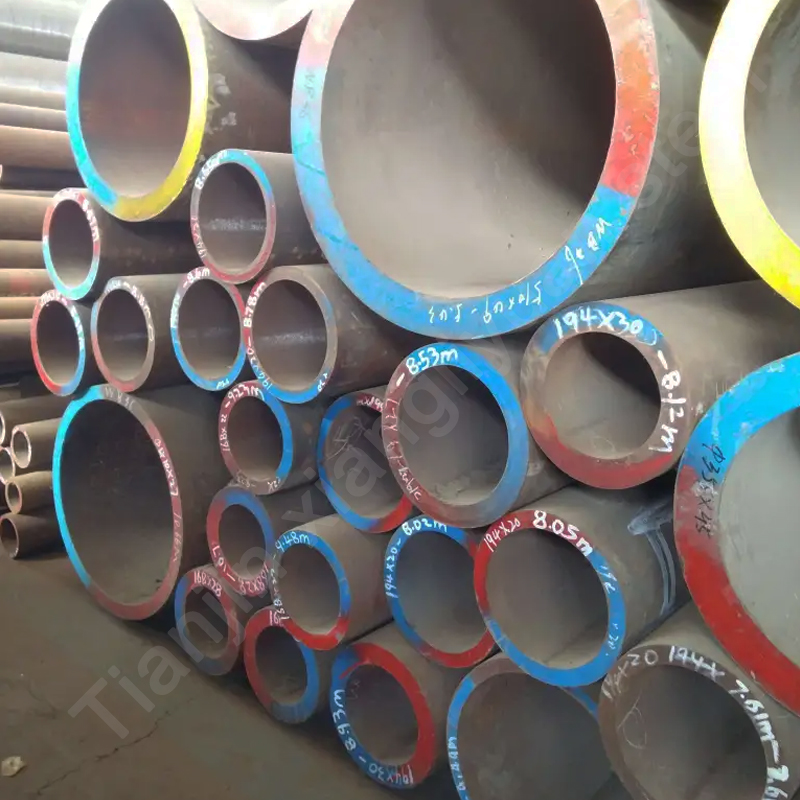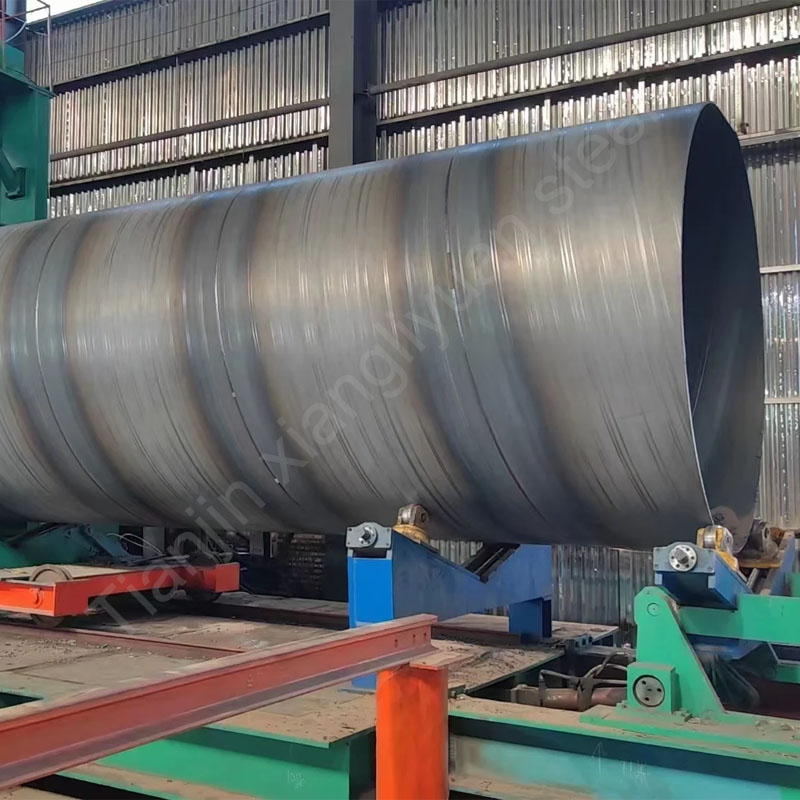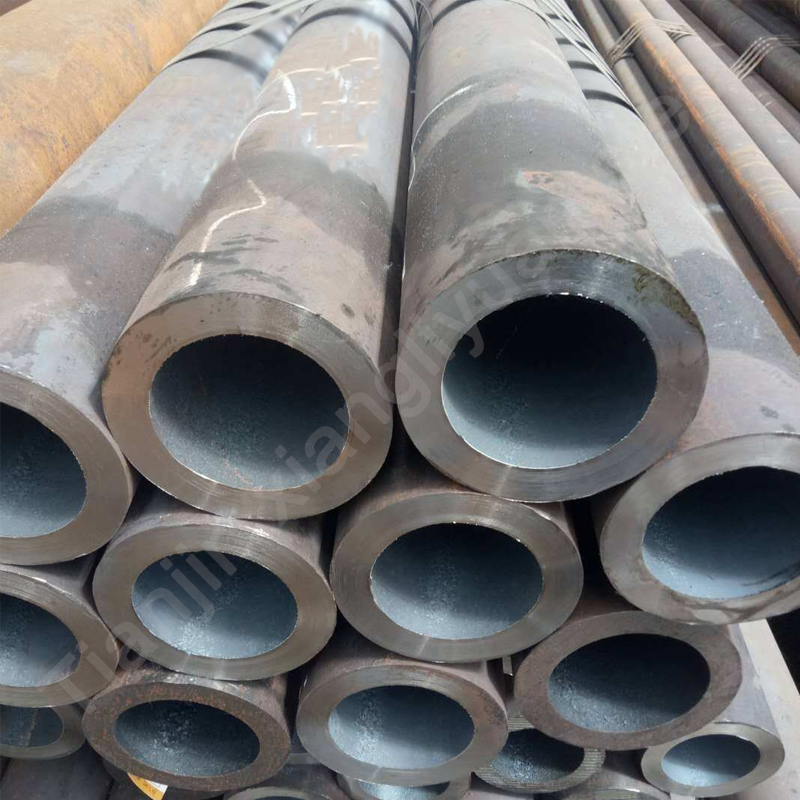Oil casing pipe is an important equipment used to support the well wall, maintain the stability of the wellbore, protect the drilling mud backflow and prevent the well wall from collapsing during oil drilling. It is a key component of oil extraction and is widely used in oilfield development and geological exploration.
Oil casing pipe is mainly composed of the following parts:
Pipe body: the main material part, which withstands various working conditions such as pressure, corrosion, temperature, etc. in the oil well.
Coupling: used to connect a single casing to ensure that it can form a whole in the well.
Threaded connection: the casing and the coupling are tightly connected by threads. Common connection methods include API round thread and trapezoidal thread.
The material of Oil casing pipe is mainly high-strength, corrosion-resistant alloy steel to adapt to complex geological and corrosive environments. Common materials include carbon steel, low alloy steel and corrosion-resistant alloy steel. The specific choice depends on the depth, temperature, pressure and corrosive medium of the oil well.
Oil casing pipe is mainly divided into three categories:
Surface casing: used to seal shallow aquifers to prevent surface water from seeping into the well.
Intermediate casing: used to isolate complex layers in the formation to prevent well wall collapse and drilling mud loss.
Production casing: used for oil and gas production channels, through which oil and gas eventually flow from the bottom of the well to the surface.
Oil casing pipe can be divided into different grades according to steel grade. Commonly used steel grades include J55, K55, N80, L80, C90, T95, P110, etc. These steel grades indicate the tensile strength, yield strength and adaptability of the casing to high temperature, high pressure and corrosive environments. For example, J55 and K55 are used for shallow wells and low-pressure oil wells, while P110 is suitable for deep wells and high-pressure environments.
The standards for Oil casing pipe are mainly formulated by the International Organization for Standardization and relevant organizations in the oil industry to ensure the quality, performance and safety of the products. The following are the main Oil casing pipe standards:
1. API Spec 5CT
Purpose: API 5CT is the most widely used oil casing standard in the world, which regulates the manufacturing, dimensions, material requirements and inspection standards of casing and tubing used in oil and gas drilling.
2. ISO 11960
Purpose: ISO 11960 is an international standard covering steel casing and tubing used in oil and gas wells. This standard is closely related to API 5CT, and some of its contents and requirements are similar to API 5CT.
3. GOST R 53366-2009
Purpose: This is a widely used oil casing standard in Russia and its related markets, applicable to casing and tubing in oil and gas drilling.
4. GB/T 19830-2005
Purpose: China’s national standard GB/T 19830 specifically regulates casing used in the oil and gas industry.
5. NACE MR0175/ISO 15156
Purpose: This standard mainly targets casing used in hydrogen sulfide (H2S) environments, specifies the requirements for corrosion-resistant materials, and ensures that oil casing remains safe in highly corrosive environments.
6. EN 10216-2
Purpose: This is one of the commonly used standards in the European oil and gas industry, which regulates seamless steel pipes for pressure purposes, and some of the content is applicable to oil casing.
Content: This standard specifies the material specifications, mechanical properties, and technical requirements for high-temperature applications of seamless steel pipes.
Characteristics of Oil casing pipe:
High strength: Able to withstand huge formation pressure and high loads during drilling.
Corrosion resistance: The material has excellent corrosion resistance and can be used for a long time in harsh environments such as high salt and high hydrogen sulfide.
Good sealing: Through special thread and coupling design, it ensures that underground oil and gas will not leak.
Oil casing pipe is widely used in oil and gas exploration and production to support the well wall, prevent well wall collapse, maintain wellbore stability, and protect drilling mud. According to the specific geological conditions and mining needs, selecting casing with appropriate materials and specifications can improve the safety and service life of oil and gas wells.

